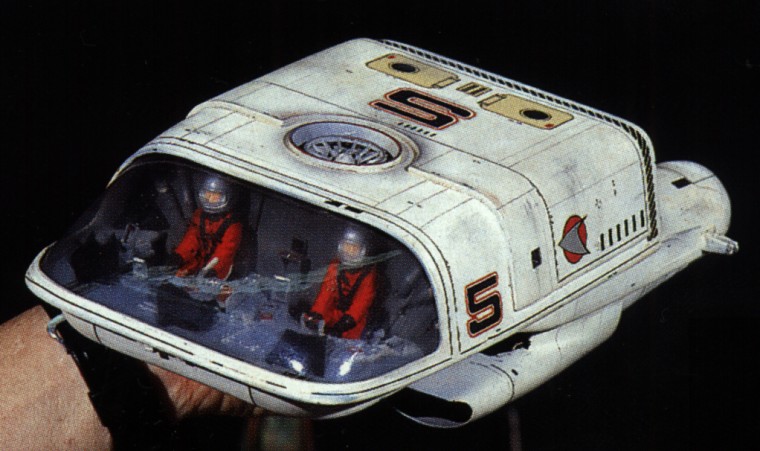But we know that workbees and observation pods are "beasts of vacuum"
We don't know that at all. Especially since the "intake manifold" is an oft-mentioned piece of technobabble througout Trek history. It could be as simple as a small bleed vent for sucking in air which is then superheated and shot out through the thrusters, thus saving fuel.
Certainly it would explain why workbees are as comfortable as they are maneuvering around in a starship's cargo bay.
The bees and pods would be disadvantaged by the air resistance.
Only if you want them to go really fast, which in a place like space dock you most certainly do NOT.
An atmosphere in the enclosure allows for some convection, and the heat can be dissipated more safely in a controlled manner.
I'd rather think the radiators of the starship would be choked by the change in medium, and the ships would soon blow up.
Not at all. If anything, the radiators would become a lot more efficient with some airflow moving over them. That may or may not be the entire purpose of those so-called "emergency flush vents: if your engines are superheating to the point of burning out, dump a couple tons of coolant through the grilles to quickly dissipate some of that excess heat.
Besides, we've seen starships operate in a planetary atmosphere for prolonged periods of time with no ill effects, and in the Abramsverse the larger-than-average Enterprise can even operate under water.
Your ship is in port for repairs, that means you can get your engineering crew to go out on the hull and patch those hull breaches without having to get into space suits and perform a potentially dangerous EVA.
...After which there's gas trapped behind hull panels, and as soon as you sail through the air curtain forcefield, your ship goes BANG!
It actually takes quite a bit of work to make a surface airtight against the vacuum of space. If the outer hull plating is designed to contain an atmosphere, this will not be a problem: it can stand up to the pressure anyway. If the outer hull plating is NOT designed to contain an atmosphere, the air will simply leak out into space as soon as the ship leaves.
This, BTW, is the reason why modern-day spacecraft don't burst as soon as they leave the atmosphere. Only the pressure vessels are meant to be airtight, while the rest of the ship outside that envelop controls airflow through bleed valves that deliberately allow controlled pathways for air to flow in and out.
Maybe that's what the "impulse exhaust grille" on the neck of the Connie is really for?









 (Yes, it does have those two words included in the title, regardless of its merits.)
(Yes, it does have those two words included in the title, regardless of its merits.)